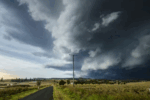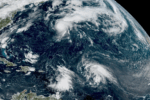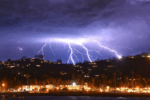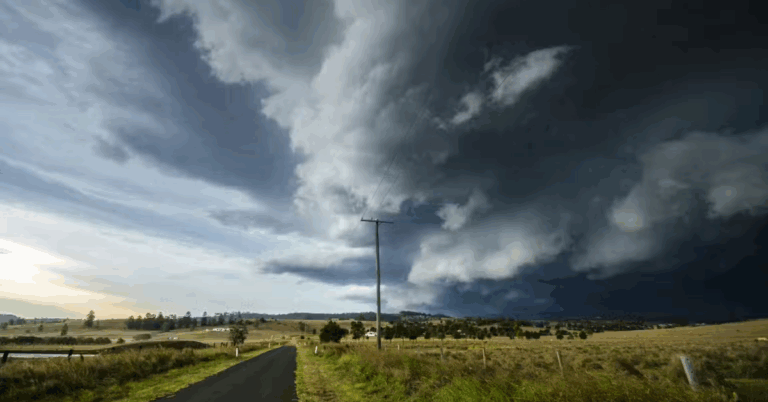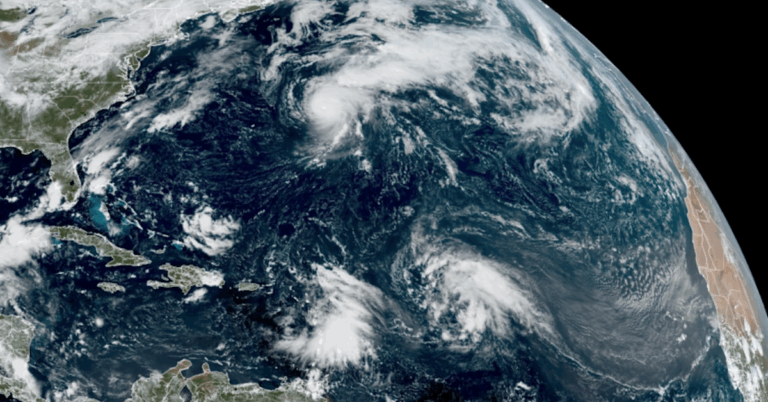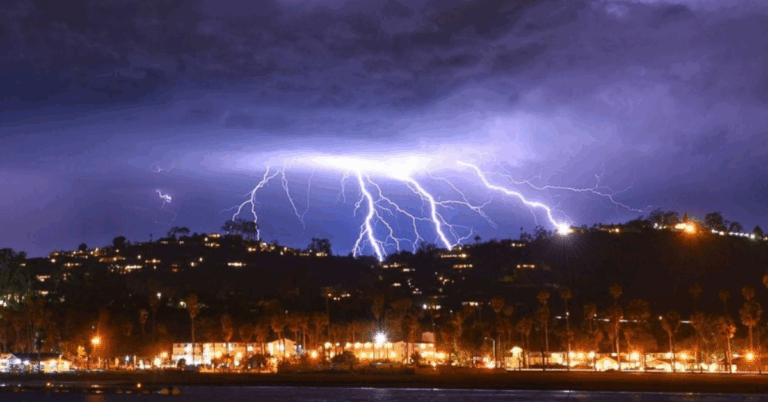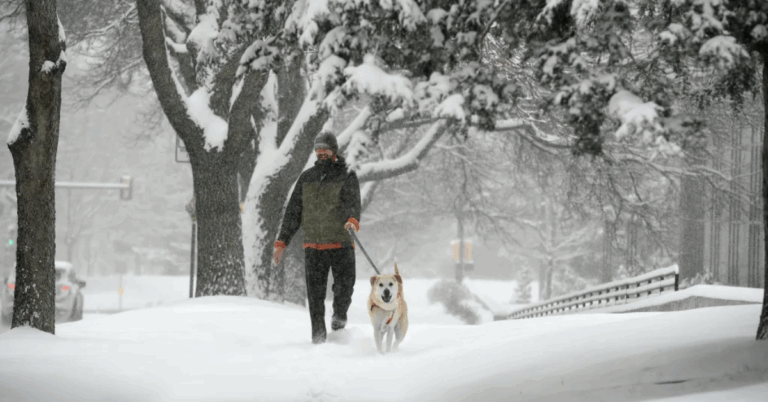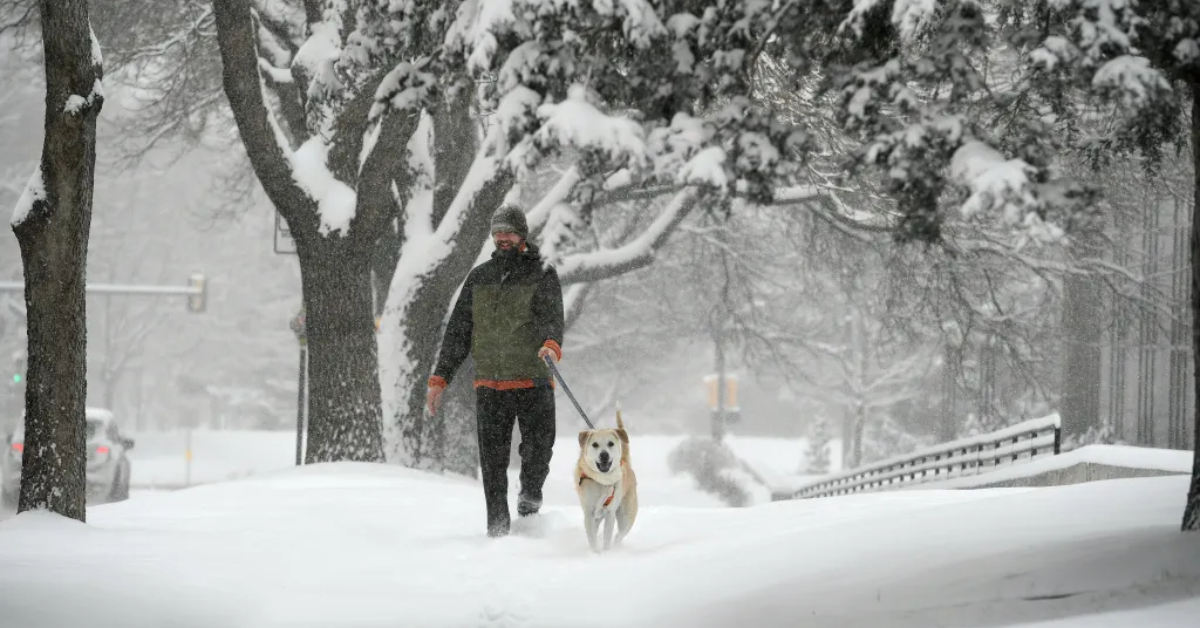
Denver, known as the Mile-High City, is famous for its beautiful weather and stunning mountain views. Many people look forward to the first snowfall because it signals the start of winter fun like skiing and cozy evenings by the fire. But when exactly does Denver typically get its first snow? This question is on the mind of both residents and visitors eager to experience the wintry charm of this vibrant city.
The timing of Denver’s first snow varies each year depending on weather patterns and climate changes. Understanding the usual patterns can help you plan your wardrobe, trips, or activities better. In this article, we will explore when Denver usually receives its first snow, what factors influence this, and how you can prepare for the snowy season ahead.
Typical Timeline for Denver’s First Snow
The first snow in Denver usually arrives in late October or early November. On average, the city experiences its first measurable snowfall around October 20 to November 10. However, this is just a general trend, and some years may see an earlier or later start to the snow season. According to the National Weather Service, Denver has seen its earliest snow as soon as September 15, though this is quite rare (National Weather Service).
Weather patterns over the Rocky Mountains strongly influence Denver’s snowfall. The city’s high elevation means temperatures can drop quickly in the fall, causing snow to fall even when it feels early in the season. Therefore, it’s wise for locals and tourists to keep an eye on weather updates starting from mid-October.
Factors Affecting the First Snowfall in Denver
Several factors impact the timing and amount of the first snow in Denver. One of the main influences is the jet stream, which can bring colder air masses into the region unexpectedly. If the jet stream dips south, Denver can experience early snowstorms. Conversely, if it stays north, snow may be delayed.
Climate change is also playing a role in shifting seasonal patterns worldwide, including Denver. Warmer temperatures have been noted in recent years, sometimes causing a delay in snowfall. Despite this, Denver’s unique geography often ensures that snow eventually arrives by early November, maintaining the city’s reputation for cold winters.
How to Prepare for Denver’s First Snow
Whether you live in Denver or plan to visit during the winter months, being prepared for the first snow is important. Layered clothing, waterproof shoes, and vehicle winterization basics are essential for safety and comfort. Local authorities often advise residents to start winter preparations by late September or early October.
Moreover, snowstorms can affect travel plans and city services, so checking reliable sources like the National Weather Service or Denver’s official weather updates can help you stay ahead. Planning ahead will ensure you enjoy Denver’s snowy beauty without any last-minute surprises.
Conclusion: Stay Ready for Denver’s Winter Magic
Denver’s first snow is a beautiful and much-anticipated event marking the arrival of winter. While the average date ranges from late October to early November, weather conditions can bring surprises. Staying informed through trusted weather sources allows you to enjoy Denver’s snow with confidence and style.

